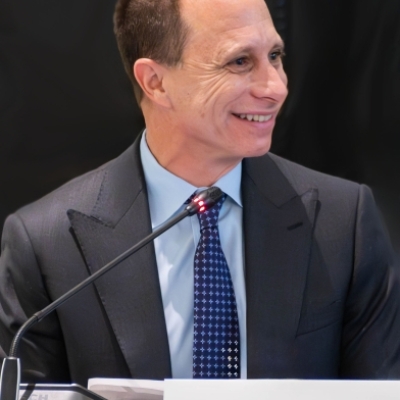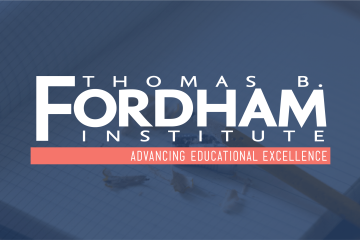As many readers are surely aware, the number of English learners in charter schools has increased markedly in recent years. Yet, our knowledge of how well charters are serving these students hasn’t kept pace with that growth.
That’s why we’re excited to announce the release of Fordham’s newest report, Charter Schools and English Learners in the Lone Star State.
Currently, about one in five English learners in the United States lives in Texas, which is also home to one of the country’s largest and fastest-growing charter sectors. In the past decade, the number of English learners in the Lone Star State’s charters has quintupled to around 125,000. And, of course, the state has also served as a launching pad for some of the country’s biggest charter school networks, including KIPP, IDEA, and Harmony (to name just a few). All of which makes Texas an unusually credible and compelling test case.
Since the early days of the charter school movement, concerns have been raised about how non-English-speaking families learn about, evaluate, and access schools of choice in a country where most official business is conducted in English. And while some studies suggest a positive relationship between charter attendance and English learners’ academic progress, questions about the validity of these estimates have persisted, along with similarly fair questions about whether charters are pulling their weight when it comes to the number and types of English learners they serve.
Enter our study—or rather, the analysis conducted by Deven Carlson, our principal investigator—which is, to our knowledge, the first truly large-scale study to control for factors such as students’ baseline English proficiency when estimating EL students’ academic progress in charters, as well as the first to examine the relationship between charter school enrollment and longer-term outcomes such as postsecondary enrollment and earnings.
Briefly, the study finds:
- Charter schools now enroll a disproportionate share of Texas’s English learners.
- Compared to their traditional public school peers, English learners in Texas charter schools make somewhat more progress in reading but slightly less progress in math.
- Compared to their traditional public school peers, English learners in Texas charters are more likely to graduate high school and enroll in college, and they earn more money in the post-college years.
- As Texas’s charter sector has expanded, English learners’ reading gains have remained relatively consistent, but their math gains have fluctuated.
On the strength of these findings, we are convinced that English learners (like other student groups) are benefitting from attending charter schools—and perhaps just as important, that they are doing so at scale. Accordingly, we urge policymakers in Texas and elsewhere to stay the course.
More specifically, we urge the Texas Board of Education and charter authorizers in other states to continue to set a high standard for the approval of new schools and to close those that consistently low-perform. Similarly, we urge lawmakers in Texas and elsewhere to remain committed to the goal of equitable charter school funding, which has yet to be achieved in many places.
In addition to the results of Deven’s analysis, the final report features quotes from our many conversations with practitioners in charter and traditional public schools that contain high concentrations of English learners.
If nothing else, we hope that these snippets will serve as conversation starters. For example, based on the aforementioned conversations, our sense is that charters may be more responsive to the demands of some English learners’ parents for more English instruction and/or English-focused supports. But it’s less clear how to square that hypothesis—or charters’ generally strong performance in reading—with the largely positive research on dual immersion programs, which balance English lessons with continuing instruction in the student’s home language.
As Steinbeck famously wrote after traversing the state with his poodle, “Texas is a nation in every sense of the word.” In other words, it might just be big enough, diverse enough, and indisputably American enough to tell us something important about where the rest of the country’s K–12 education system is heading.
If so, we have reason to be optimistic about the growing number of English learners who are enrolling in charter schools.





